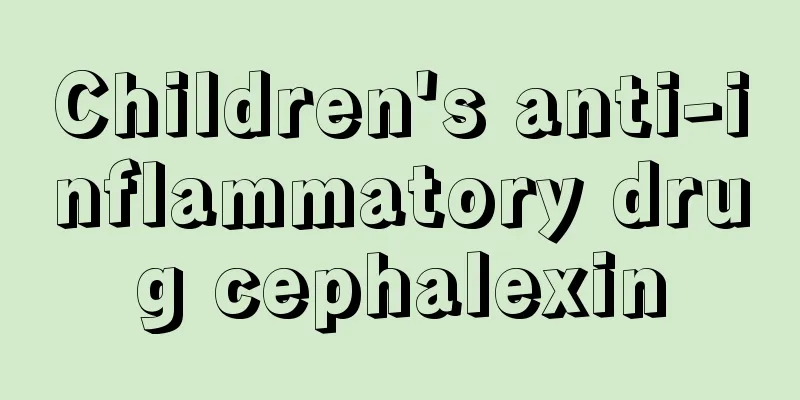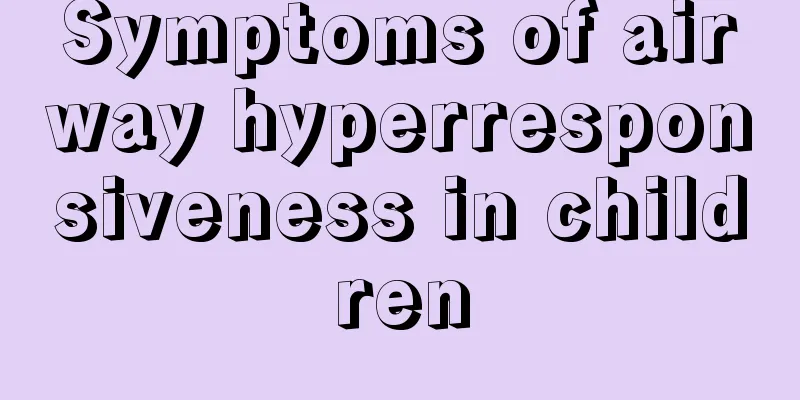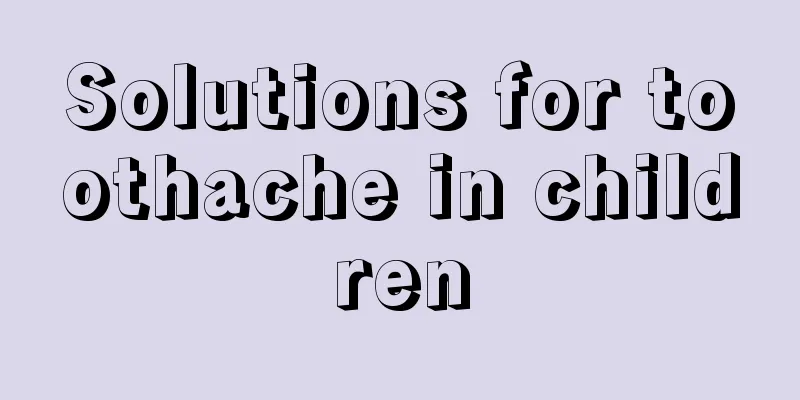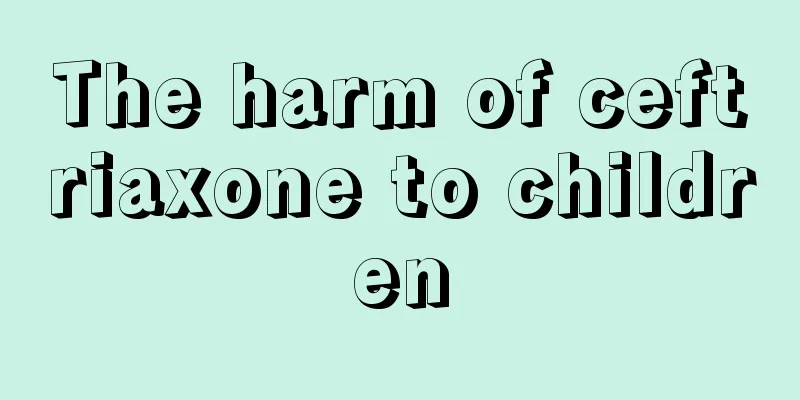Children's anti-inflammatory drug cephalexin

|
Anti-inflammatory drugs are antibiotics. Anti-inflammatory drugs play a very important role in life. For example, they can diagnose some inflammatory diseases. At the same time, they have a good inhibitory effect on some inflammations caused by colds and fevers and bacteria and viruses. Children's anti-inflammatory drugs also include cephalosporins. Cephalosporins are divided into many types, including various antibiotics such as amoxicillin. Antibiotics such as cephalosporin and amoxicillin only target some inflammations caused by bacterial infections or other specific microorganisms, but they are powerless against inflammation caused by viruses, fungi, allergies, trauma, etc. In the cold winter, the human body is vulnerable to cold air. Coupled with the influence of dry air and haze, it is easy to experience inflammation of the upper respiratory tract system such as red and swollen throat, sore throat, runny nose, cough, etc. Children are among the most susceptible groups. When faced with this situation, many people will think that since it is an inflammation, they should take some medicine such as cephalosporin and amoxicillin to "suppress it". Some parents even give their children medicine in this way. If you think so, or even have done this, then be careful, you may be taking the wrong medicine. What is inflammation? Inflammation (English: Inflammation), commonly known as inflammation. Refers to the physiological response of biological tissues stimulated by trauma, bleeding, or pathogen infection. Regarding inflammation, Guo Tantan, a general practitioner at Beijing United Family Hospital, posted a video on his Weibo to popularize science. He pointed out that the most classic manifestations of inflammation can be described in four words: redness, swelling, heat, and pain. Depending on whether there is infection or not, inflammation is divided into: 1. Infectious inflammation: inflammation caused by pathogenic microorganisms (such as bacteria, viruses, fungi, etc.); 2. Non-infectious inflammation: inflammation that is not caused by pathogenic microorganisms, such as rheumatoid arthritis caused by the autoimmune system, gout caused by uric acid crystals deposited in the joints, inflammation caused by trauma, high temperature, ultraviolet rays, etc. |
>>: What should I do if my child has hereditary emaciation?
Recommend
Baby's head shakes while feeding
We all know that it is particularly important to ...
What is the condition of breast pain in a 10-year-old girl
For some girls in adolescence, development is wha...
What to do if a child has tonsillitis and a high fever
In life, there are many types of inflammation, an...
What are the children's spleen and stomach soups?
The problem of stomach pain has brought great tor...
What should I do if my child refuses to do his homework?
Children's lives are rich and colorful, but th...
The timing of children's tooth replacement
We know that teeth are very important to the huma...
What is the cause of yellow spots on children’s teeth?
If people's teeth turn yellow, they will feel...
What is the best age for babies to learn to write?
As babies grow up, they will gradually have a cer...
Why do children get cavities?
We often see some children who are white and chub...
Why does a child's tongue coating turn black?
The health of children is what every parent cares...
How to treat baby's cough in the morning
The problem of babies coughing in the morning mak...
Commonly used medicines for children's cough
Cough is a common health problem among children. ...
Why does my child keep vomiting?
When a baby has symptoms of vomiting, generally s...
What to do if your one-year-old baby is zinc deficient
Everyone's body contains various elements, zi...
What causes children to sweat at night?
Sweating is a common physiological phenomenon of ...









